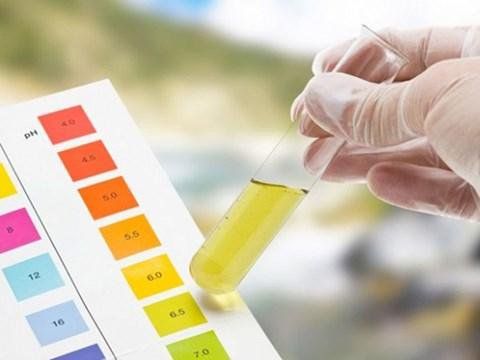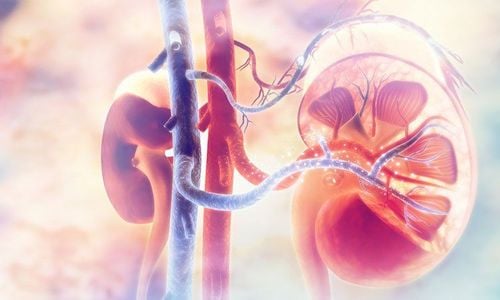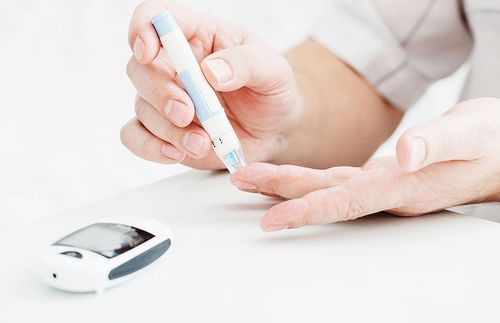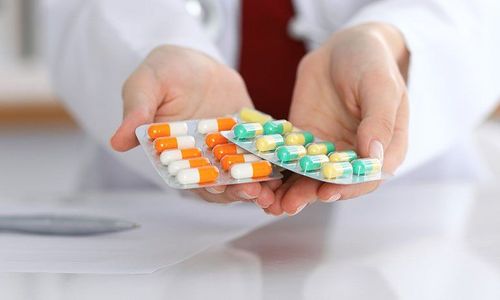This is an automatically translated article.
This article is expertly consulted by a Doctor Urologist - Department of General Surgery & Anesthesia - Vinmec Hai Phong International General Hospital.
Diabetes insipidus is a chronic disease that occurs due to a decrease in the hormone ADH in the body's water metabolism, causing water balance disorders. This is a disease that seriously affects the quality of life of patients.
1. Overview of the body's ability to balance water
Water makes up 70% of body weight, helps control electrolyte levels, especially sodium and potassium. Therefore, it is extremely important to keep a balance between the amount of water entering and the amount of water leaving the body.
The body controls water balance in 2 main ways:
Makes you feel thirsty, promotes drinking more water; Water balance control through antidiuretic hormone ADH to control the amount of water out of the body through urine. ADH (also known as vasopressin) is a hormone produced by the hypothalamus in the brain. ADH is then transported to the pituitary gland and released into the bloodstream. Once in the bloodstream, ADH acts on the kidneys, causing the kidneys to excrete less water in the urine (more concentrated urine).
If the body is dehydrated, the feeling of thirst will promote drinking water and ADH is secreted more to reduce the amount of water excreted in the urine. When the body has too much water, the feeling of thirst will disappear, ADH will be secreted less to increase the amount of water excreted through the urine (urine becomes more dilute).
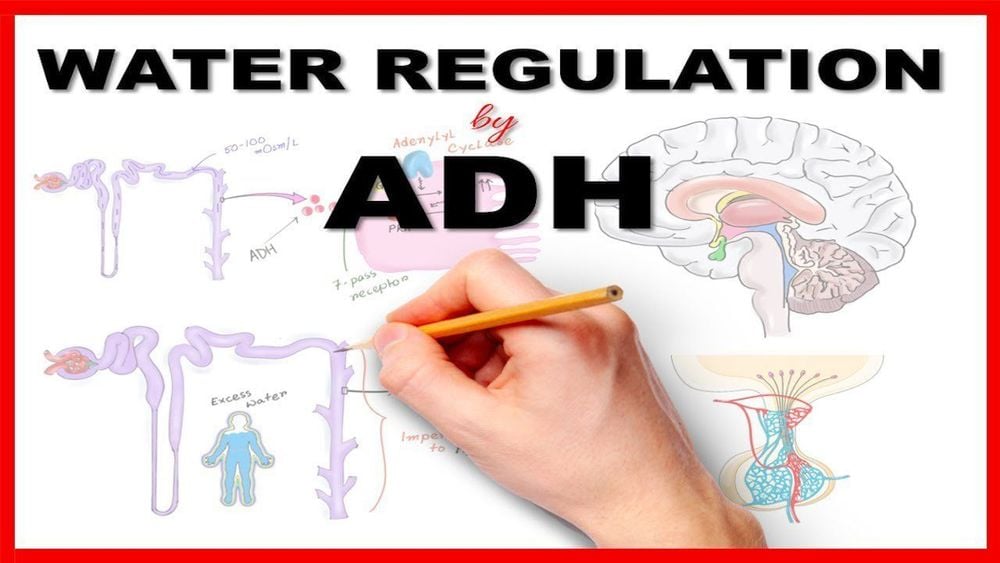
2. What is diabetes insipidus?
Diabetes insipidus is a disorder of the body's ability to balance water. The patient's kidneys are no longer able to hold water, causing frequent urination. Therefore, the patient will become thirsty, want to drink more water, the urine is more dilute. If you have diabetes insipidus, you can easily become dehydrated. At that time, the concentration of sodium and potassium in the blood becomes unbalanced and increases.
Diabetes insipidus is a rare disease, the prevalence is 1:25000 people. The disease can occur at any age, but mainly occurs in adults. Diabetes insipidus can also occur during pregnancy.
3. Types of diabetes insipidus
There are 2 types of diabetes insipidus:
3.1 Central diabetes insipidus Central diabetes insipidus, also known as neurogenic diabetes insipidus, occurs when the hypothalamus and pituitary gland is damaged, reducing its production and secretion. secretion of ADH, reducing the amount of ADH circulating in the blood. Because ADH helps the kidneys to concentrate urine, if the amount of ADH secreted less, the urine excreted from the body will be more and more dilute.
This condition occurs due to many reasons such as:
Head trauma; Benign or malignant tumor in the brain or pituitary gland; Brain surgery around the pituitary or hypothalamus; Cerebral hypoxia or severe cerebral ischemia; Idiopathic diabetes insipidus (hypothalamus cells are damaged and stop producing ADH) caused by an autoimmune disease; Infections: Encephalitis and meningitis; Acute fatty liver in pregnant women; Heredity (rare). If central diabetes insipidus is caused by a head injury or brain surgery, it usually lasts only a short time, a few weeks.
3.2 Renal diabetes insipidus In cases of nephrogenic diabetes insipidus, ADH is still normally excreted by the brain but the kidneys are resistant to the effects of ADH. ADH cannot make the kidneys concentrate urine, resulting in the body excreting a large amount of diluted urine (polyuria), the patient is thirsty and drinks a lot of water (hypotonia).
Renal diabetes insipidus is very rare. Causes of this condition include:
Causes of chronic kidney disease; Using certain drugs such as lithium in too high a dose; Heredity (very rare).
4. Symptoms of diabetes insipidus
Frequent urination, 3 - 20 liters/day, up to 40 liters/day; Urinating frequently, usually every half hour throughout the day; Waking up frequently at night to urinate; Feeling thirsty despite drinking a lot of water, especially cold water; Dehydration, which is more serious if the patient is not drinking enough water to replace the water lost through the urine. Symptoms of dehydration include headache, dry mouth, dry skin, dizziness, lightheadedness, cramps, lethargy, unconsciousness; Fatigue and decreased concentration due to lack of sleep because of waking up to urinate many times during the night; Children with diabetes insipidus are often fussy, difficult to calm, nocturnal enuresis, daytime urinary incontinence, growth retardation, loss of appetite, underweight, and fatigue.
5. Diagnosing diabetes insipidus
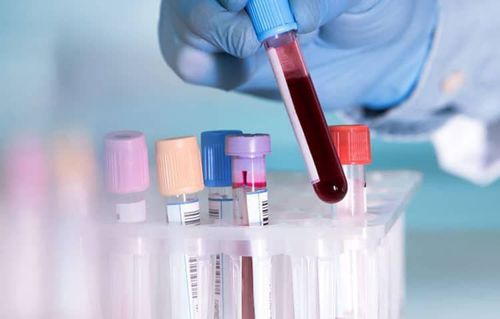
Clinical examination: Based on clinical symptoms or after the patient has had a recent head injury, undergoes a brain surgery; Blood and urine tests: Potassium and sodium levels in the blood may be elevated with diabetes insipidus; blood sugar (glucose) and urine should be checked to rule out diabetes; Water fasting test: The patient should not drink or receive fluids for 6-8 hours to measure urine output. If the body is functioning normally, the amount of urine will decrease when not drinking water for a long time. For people with diabetes insipidus, the amount of urine is almost unchanged; Test using antidiuretic hormone: After applying the water fasting test, the patient is injected or taken a drug similar to ADH. For people with central diabetes insipidus, urine output will decrease after taking the drug because the drug has replaced the lack of ADH in the body. In the case of nephrogenic diabetes insipidus, the amount of urine remains unchanged or decreases only a very small amount; Other tests: Used to find the cause of diabetes insipidus. Brain MRI may be done to look for damage to the brain and pituitary gland.
6. Treatment of diabetes insipidus
6.1 Treatment of central diabetes insipidus Thoroughly treat the cause of the disease: If the cause of diabetes insipidus is the appearance of a tumor in the hypothalamus or pituitary gland, the patient will be consulted for appropriate treatment. ;
Controlling fluid intake: Patients with mild diabetes insipidus can drink enough water to quench thirst and keep blood electrolyte levels stable, combined with blood electrolyte monitoring; Using Desmopressin: Has the same effect as ADH, used through nasal drops, nasal spray or orally, used 1-3 times a day according to the dose decided by the doctor. Cases of diabetes insipidus due to head trauma or brain surgery only need to be treated for a few weeks. For other causes, treatment for diabetes insipidus can be lifelong.
6.2 Treatment of nephrogenic diabetes insipidus Change medications on your doctor's advice if the cause of nephrogenic diabetes insipidus is a side effect of certain medications such as lithium; Patients with mild nephrogenic diabetes insipidus can drink plenty of fluids to avoid dehydration. At the same time, patients should change their diet to reduce urine output such as eating less salt, limiting processed foods, and foods high in protein (meat, fish, eggs,...); Patients with severe nephrogenic diabetes insipidus may be treated with hydrochlorothiazide to reduce urine output by the kidneys. Note
Patients with diabetes insipidus with diarrhea, vomiting need to drink plenty of water to avoid dehydration; Pay attention to not being too watery when drinking more water than the amount of water discharged out because excess water can disturb electrolyte levels in the body, especially low sodium. Signs of excess water and hyponatremia include headaches, weight gain, dizziness, fatigue, drowsiness, or even convulsions and loss of consciousness. Diabetes insipidus can have serious effects on a patient's quality of life. Therefore, when there are symptoms of the disease such as frequent urination, excessive thirst, dehydration, fatigue, etc., it is best for the patient to see a doctor soon for a positive and effective diagnosis and treatment.
Please dial HOTLINE for more information or register for an appointment HERE. Download MyVinmec app to make appointments faster and to manage your bookings easily.





